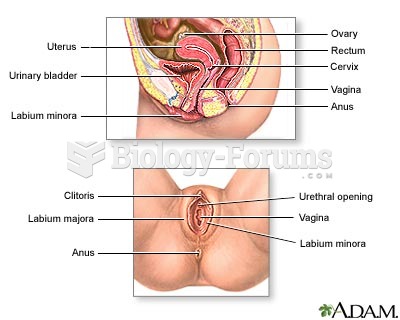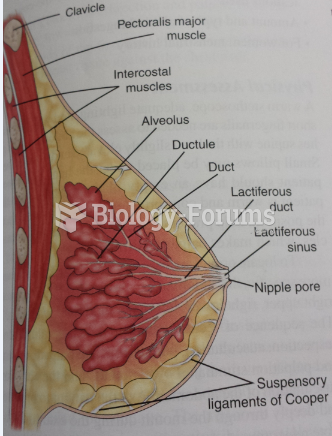Answer to Question 1
Answer: 1, 2, 3, 4
Explanation: 1. There is some evidence that mind and body therapies such as yoga, tai chi, qi gong, and acupuncture may provide relief for menopausal symptoms. Bioidentical hormone replacement therapy (BHRT) involves the use of laboratory manufactured compounds similar to natural hormones to combat symptoms of menopause. These preparations are not approved by the Food and Drug Administration and can vary widely in their composition. Because their safety and effectiveness have not yet been demonstrated, clients should be cautioned against their use.
2. There is some evidence that mind and body therapies such as yoga, tai chi, qi gong, and acupuncture may provide relief for menopausal symptoms. Bioidentical hormone replacement therapy (BHRT) involves the use of laboratory manufactured compounds similar to natural hormones to combat symptoms of menopause. These preparations are not approved by the Food and Drug Administration and can vary widely in their composition. Because their safety and effectiveness have not yet been demonstrated, clients should be cautioned against their use.
3. There is some evidence that mind and body therapies such as yoga, tai chi, qi gong, and acupuncture may provide relief for menopausal symptoms. Bioidentical hormone replacement therapy (BHRT) involves the use of laboratory manufactured compounds similar to natural hormones to combat symptoms of menopause. These preparations are not approved by the Food and Drug Administration and can vary widely in their composition. Because their safety and effectiveness have not yet been demonstrated, clients should be cautioned against their use.
4. There is some evidence that mind and body therapies such as yoga, tai chi, qi gong, and acupuncture may provide relief for menopausal symptoms. Bioidentical hormone replacement therapy (BHRT) involves the use of laboratory manufactured compounds similar to natural hormones to combat symptoms of menopause. These preparations are not approved by the Food and Drug Administration and can vary widely in their composition. Because their safety and effectiveness have not yet been demonstrated, clients should be cautioned against their use.
Answer to Question 2
Answer: 3
Explanation: 3. Women are subjected to a variety of abusive situations including restricted educational opportunities. There is no evidence to support that a women who is financially independent and uses condoms is at increased risk for violence. A partner who is being treated for alcoholism does not increase this client's risk for violence.







